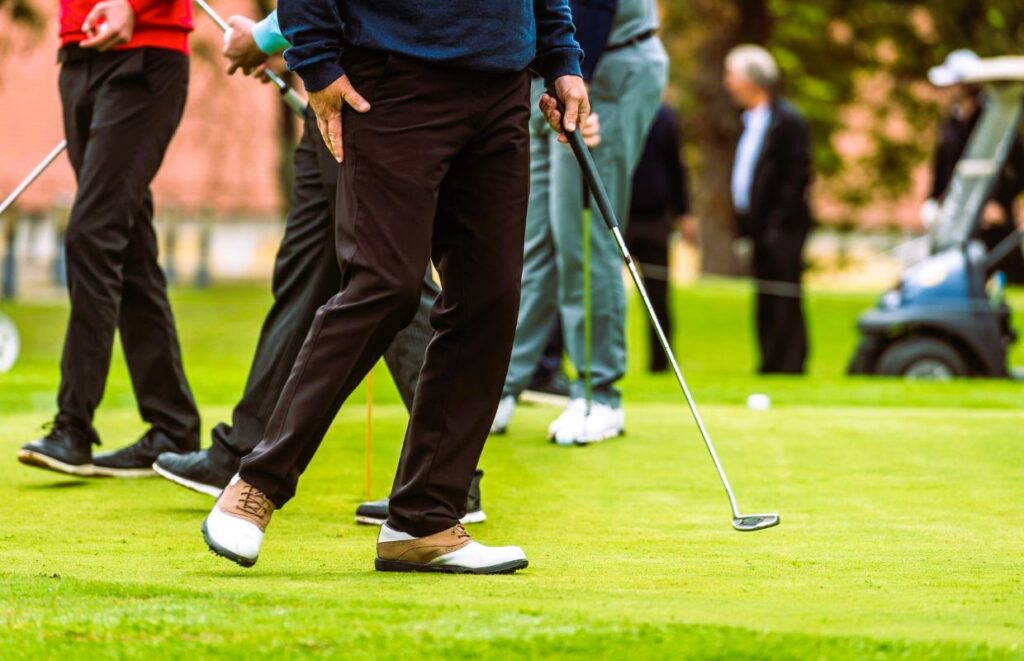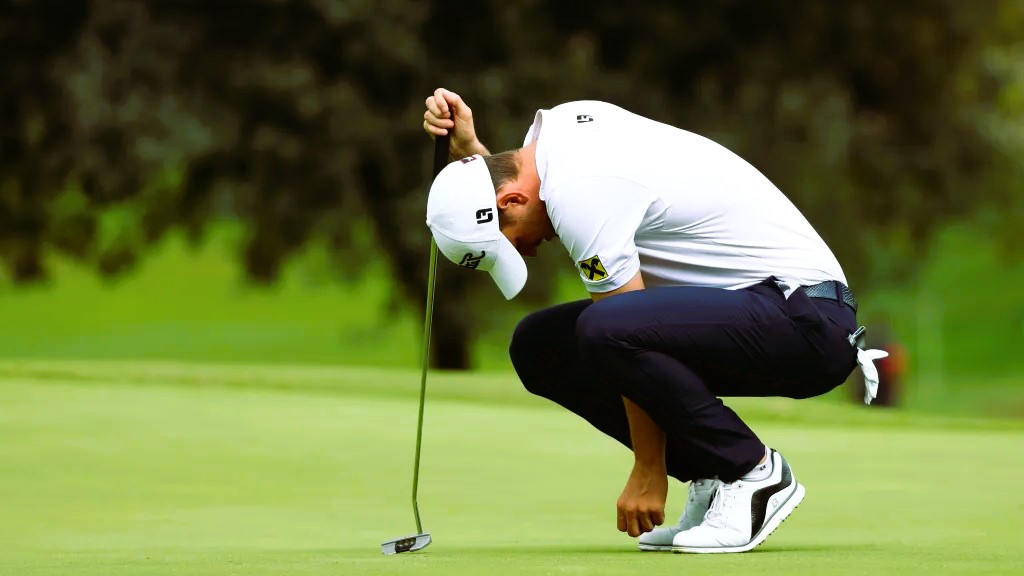Golf is often perceived as a low-impact sport, but like any physical activity, it carries the risk of injury, especially if proper precautions are not taken. Whether you’re a young athlete or a seasoned golfer, staying injury-free is crucial for enjoying the game and maintaining your performance. In this article, we’ll explore preventive measures that golfers of all ages can take to reduce the risk of injury and ensure a long and healthy golfing career.
1. Warm Up Before You Tee Off
Just like any other sport, warming up before playing golf is essential for preparing your body for physical activity and reducing the risk of injury. Spend a few minutes performing dynamic stretches and exercises to loosen up your muscles, increase blood flow, and improve flexibility. Focus on movements that target the muscles used in your golf swing, such as shoulder rotations, torso twists, and hip stretches.
2. Focus on Proper Technique

Proper technique is not only crucial for maximizing your performance on the golf course but also for preventing injuries. Poor swing mechanics can put unnecessary strain on your muscles and joints, increasing the risk of strains, sprains, and other injuries. Work with a qualified golf instructor to develop and maintain proper swing mechanics, including grip, stance, posture, and follow-through.
3. Listen to Your Body
Pay attention to your body’s signals and listen to any signs of discomfort or pain. Ignoring pain or pushing through it can lead to further injury and long-term damage. If you experience persistent pain or discomfort while playing golf, take a break, and consult with a healthcare professional. It’s better to address minor issues early on than to risk exacerbating them through continued play. Studying golf course architecture, read more here.
4. Build Strength and Stability
Strength and stability are essential for generating power in your golf swing and maintaining proper biomechanics throughout the motion. Incorporate strength training exercises into your fitness routine to target the muscles involved in the golf swing, such as the core, shoulders, and legs. Focus on exercises that improve muscular endurance, balance, and coordination, such as squats, lunges, planks, and rotational exercises.
5. Stay Hydrated and Fuel Your Body Properly
Proper hydration and nutrition are key components of injury prevention and overall performance on the golf course. Drink plenty of water before, during, and after your round to stay hydrated and replace fluids lost through sweat. Fuel your body with a balanced diet rich in lean proteins, complex carbohydrates, healthy fats, fruits, and vegetables to provide the energy and nutrients needed for optimal performance and recovery.
6. Invest in Quality Equipment and Footwear

The right equipment can play a significant role in preventing injuries and enhancing your comfort and performance on the golf course. Invest in quality golf clubs that are properly fitted to your size, swing, and playing style. Choose golf shoes with good support, traction, and cushioning to minimize the risk of foot and ankle injuries. Replace worn-out equipment and footwear regularly to maintain their effectiveness and support.
7. Incorporate Recovery and Rest Days
Recovery and rest are essential components of any training program, allowing your body to repair and rebuild itself after physical activity. Incorporate rest days into your golfing schedule to prevent overuse injuries and give your muscles and joints time to recover. Use rest days to engage in low-impact activities, such as swimming, walking, or yoga, to promote recovery and maintain overall fitness.
Conclusion
By following these preventive measures, golfers of all ages can reduce the risk of injury and enjoy a long and healthy golfing career. Remember to warm up before playing, focus on proper technique, listen to your body, build strength and stability, stay hydrated and fueled, invest in quality equipment and footwear, and incorporate recovery and rest days into your routine. By prioritizing injury prevention, you can continue to play the game you love for years to come.
For further information on injury prevention in golf and related topics, visit Wikipedia’s Golf Injuries page for comprehensive information on common golf-related injuries, their causes, prevention strategies, and treatment options.





